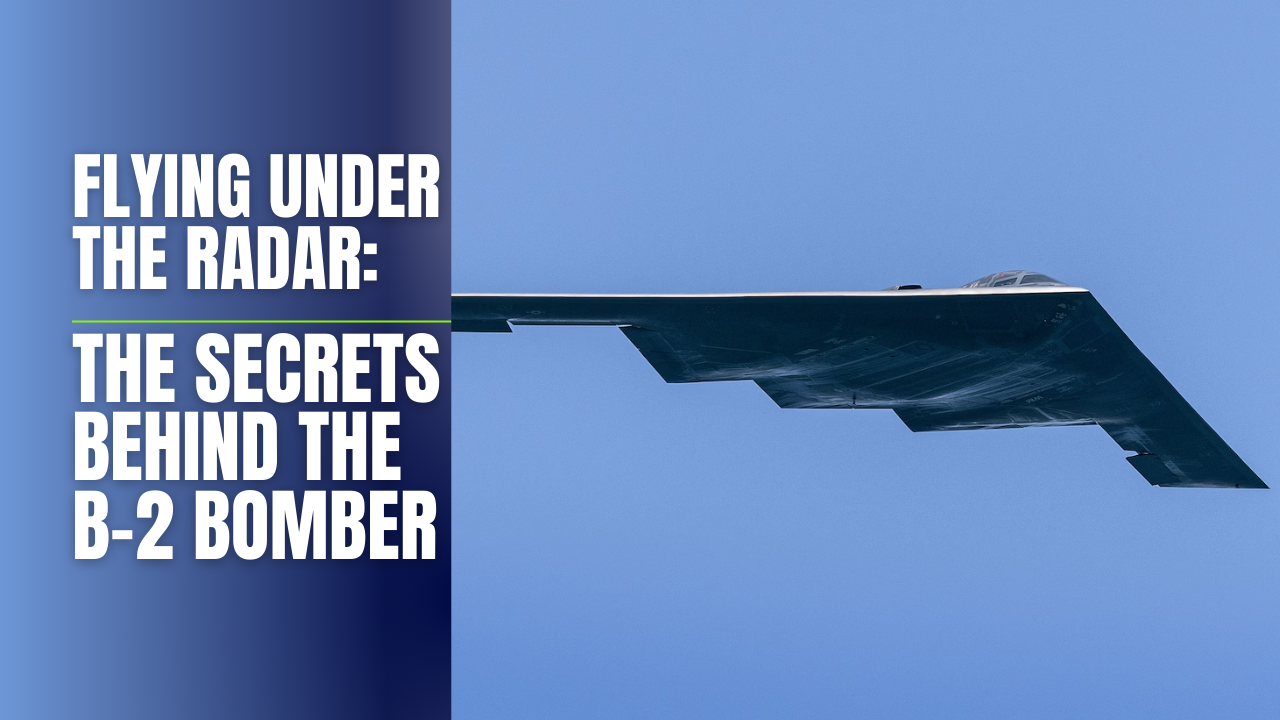In the dim hours of early morning, when most of the world sleeps, a shadow passes silently through the sky. This is the B-2 Spirit, the United States’ enigmatic stealth bomber, and a key element in modern military strategy. Recent operations, such as those in Yemen targeting Houthi rebels, have brought this formidable aircraft back into the spotlight, highlighting its unique capabilities and strategic importance. But what makes the B-2 bomber such a pivotal tool in the arsenal of the U.S. military?
The Stealth Revolution: A Game Changer in Aerial Warfare
The B-2 Spirit represents a monumental leap in aviation technology, specifically in the realm of stealth. Developed by Northrop Grumman and introduced in the late 1980s, the B-2 bomber was designed to penetrate dense anti-aircraft defenses and deliver both conventional and nuclear payloads. Its radar-evading design allows it to operate undetected by enemy radar systems, a capability that has redefined modern aerial warfare.
“The ability to evade detection gives the B-2 a strategic edge, allowing it to reach targets that would otherwise be heavily defended,” says Dr. John E. Jackson, a defense analyst with the Center for Strategic and International Studies.
Anatomy of Invisibility: How the B-2 Achieves Stealth
The B-2’s stealth capabilities are engineered through a combination of design, materials, and technologies. Its distinctive flying wing shape minimizes radar cross-section, while advanced composite materials absorb radar waves. Additionally, the B-2 employs sophisticated electronic countermeasures to jam enemy radar signals.
“Stealth technology is not just about being invisible; it’s about being unpredictable,” explains aerospace engineer Dr. Lisa Thompson. “The B-2’s design confuses and misleads radar systems, making it a ghost in the sky.”
Strategic Implications: The Role of the B-2 in Modern Conflicts
In recent conflicts, the B-2 has proven its worth by executing precise strikes with minimal collateral damage. Its long-range capabilities allow it to strike targets anywhere in the world from bases in the continental United States, exemplifying the global reach of U.S. military power.
“The B-2 is a strategic asset that provides the U.S. with unparalleled flexibility and deterrence,” asserts General Mark A. Milley, Chairman of the Joint Chiefs of Staff. “Its presence alone can alter the calculus of potential adversaries.”
Challenges and Controversies: Cost and Future Prospects
Despite its capabilities, the B-2 program has faced criticism, particularly regarding its cost. Each aircraft is estimated to cost over $2 billion, making it one of the most expensive military aircraft ever built. This has sparked debate over defense spending priorities, especially as new technologies and platforms emerge.
Looking ahead, the U.S. Air Force is developing the B-21 Raider, a next-generation stealth bomber intended to complement and eventually replace the B-2. The B-21 promises to incorporate even more advanced technologies at a lower cost.
Conclusion: The Legacy and Future of Stealth Bombing
The B-2 Spirit, with its blend of cutting-edge technology and strategic utility, remains a cornerstone of American military capability. As global tensions continue to evolve, the role of stealth bombers like the B-2 will be critical in maintaining strategic balance and deterrence.
As we ponder the future of warfare, the B-2 serves as a reminder of the power of innovation and the continuous quest for security and peace. Its silent flight over the horizon symbolizes a commitment to maintaining peace through strength, a testament to the enduring legacy of stealth technology in the modern age.
As the world watches the skies, the B-2 Spirit remains a silent sentinel, ready and vigilant, embodying the complexities and necessities of modern defense strategy.




